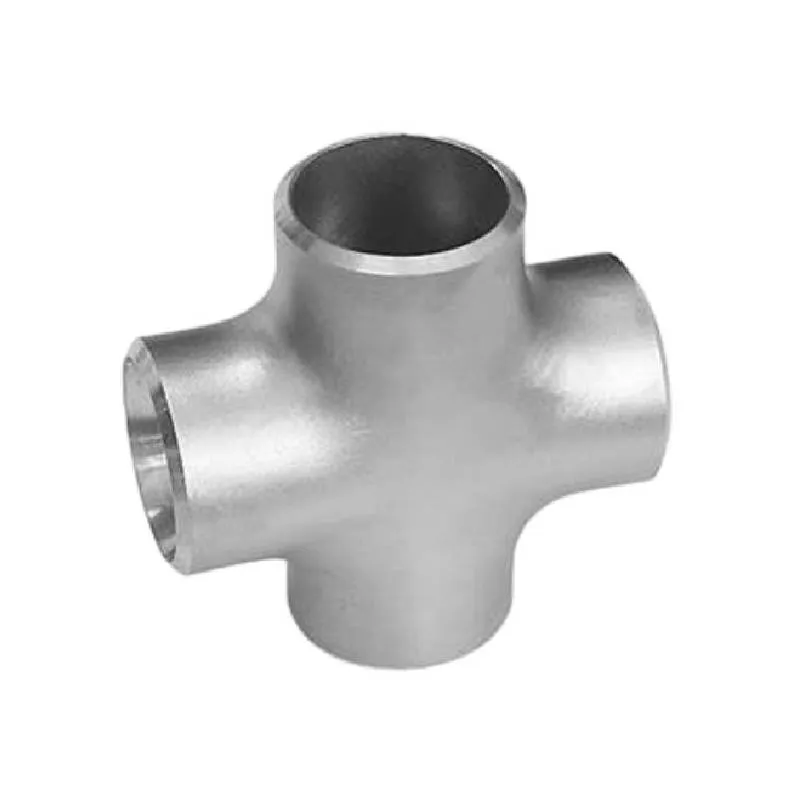-
Cangzhou Yulong Steel Co., Ltd.
-
Phone:
+86 13303177267 -
Email:
admin@ylsteelfittings.com
- English
- Arabic
- Italian
- Spanish
- Portuguese
- German
- kazakh
- Persian
- Greek
- French
- Russian
- Polish
- Thai
- Indonesian
- Vietnamese
- Zulu
- Korean
- Uzbek
- Hindi
- Serbian
- Malay
- Ukrainian
- Gujarati
- Haitian Creole
- hausa
- hawaiian
- Hebrew
- Miao
- Hungarian
- Icelandic
- igbo
- irish
- Japanese
- Javanese
- Kannada
- Khmer
- Rwandese
- Afrikaans
- Albanian
- Amharic
- Armenian
- Azerbaijani
- Basque
- Belarusian
- Bengali
- Bosnian
- Bulgarian
- Catalan
- Cebuano
- China
- China (Taiwan)
- Corsican
- Croatian
- Czech
- Danish
- Esperanto
- Estonian
- Finnish
- Frisian
- Galician
- Georgian
- Kurdish
- Kyrgyz
- Lao
- Latin
- Latvian
- Lithuanian
- Luxembourgish
- Macedonian
- Malgashi
- Malayalam
- Maltese
- Maori
- Marathi
- Mongolian
- Myanmar
- Nepali
- Norwegian
- Norwegian
- Occitan
- Pashto
- Dutch
- Punjabi
- Romanian
- Samoan
- Scottish Gaelic
- Sesotho
- Shona
- Sindhi
- Sinhala
- Slovak
- Slovenian
- Somali
- Sundanese
- Swahili
- Swedish
- Tagalog
- Tajik
- Tamil
- Tatar
- Telugu
- Turkish
- Turkmen
- Urdu
- Uighur
- Welsh
- Bantu
- Yiddish
- Yoruba

Dec . 28, 2024 06:07 Back to list
threaded fittings standard
Understanding Threaded Fittings Standards
Threaded fittings play a crucial role in various industries, including plumbing, manufacturing, and construction. These fittings provide a secure and leak-proof connection for pipes and tubes, making them essential components in fluid and gas transportation systems. However, the performance and reliability of these fittings heavily depend on adherence to established standards. This article explores the importance of threaded fittings standards, commonly adopted specifications, and their implications for safety and efficiency.
Importance of Standards
Standards in threaded fittings serve multiple purposes. They ensure interoperability among components from different manufacturers, facilitate quality control, and promote safety in applications involving high pressure and corrosive environments. By adhering to standards, manufacturers can demonstrate that their products meet specific performance criteria, thus instilling confidence in end-users.
Threaded fittings are widely used in various applications, including residential and commercial plumbing systems, oil and gas pipelines, and chemical processing facilities. Each of these applications has unique requirements that standards help address. For example, standards determine the dimensions, material specifications, and testing protocols that ensure the fittings can withstand the demands imposed by the systems they serve.
Common Standards
Several organizations develop and publish standards for threaded fittings. The American National Standards Institute (ANSI), the International Organization for Standardization (ISO), and the American Society for Testing and Materials (ASTM) are among the most recognized authorities in this field.
threaded fittings standard

One widely recognized standard is the ANSI/ASME B1.20.1, which outlines the requirements for pipe threads. This standard specifies the dimensions and tolerances for both tapered and straight threads, ensuring proper fit and sealing when components are assembled. The ISO 7-1 standard, which addresses general-purpose pipe threads, is another example, specifying the basic dimensions and tolerances needed for effective sealing.
Moreover, ASTM standards, such as ASTM A536 for ductile iron fittings, provide essential guidelines regarding the material properties and mechanical tests required to ensure durability and reliability in various operating conditions.
Implications for Safety and Efficiency
Adhering to these standards not only enhances the performance of threaded fittings but also significantly impacts safety. In many applications, especially those involving flammable gases or high-pressure liquids, a failure in the fittings can lead to catastrophic accidents. By following established standards, manufacturers reduce the risk of leaks and failures, thus protecting both personnel and equipment.
Furthermore, the economic implications of using standardized fittings are significant. Standardized components can decrease lead times and costs in manufacturing and installation while minimizing the need for custom solutions that may introduce inefficiencies or errors. The facilitation of a global market for threaded fittings, where components are interchangeable across different countries and industries, further enhances economic efficiency.
Conclusion
Threaded fittings standards are indispensable guidelines that ensure the performance, safety, and reliability of piping and tubing systems across various industries. By adhering to established standards, manufacturers can produce high-quality fittings that meet the needs of their clients while reducing risks associated with systems failures. As industries evolve and new materials and technologies emerge, the continuous development and refinement of these standards will remain vital in promoting safe and efficient practices in threaded fittings usage. Understanding these standards is crucial for engineers, procurement professionals, and contractors to ensure the longevity and integrity of their systems.
Latest news
-
ANSI 150P SS304 SO FLANGE
NewsFeb.14,2025
-
ASTM A333GR6 STEEL PIPE
NewsJan.20,2025
-
ANSI B16.5 WELDING NECK FLANGE
NewsJan.15,2026
-
ANSI B16.5 SLIP-ON FLANGE
NewsApr.19,2024
-
SABS 1123 FLANGE
NewsJan.15,2025
-
DIN86044 PLATE FLANGE
NewsApr.19,2024
-
DIN2527 BLIND FLANGE
NewsApr.12,2024
-
JIS B2311 Butt-Welding Fittings LR/SR 45°/90° /180°Seamless/Weld
NewsApr.23,2024











